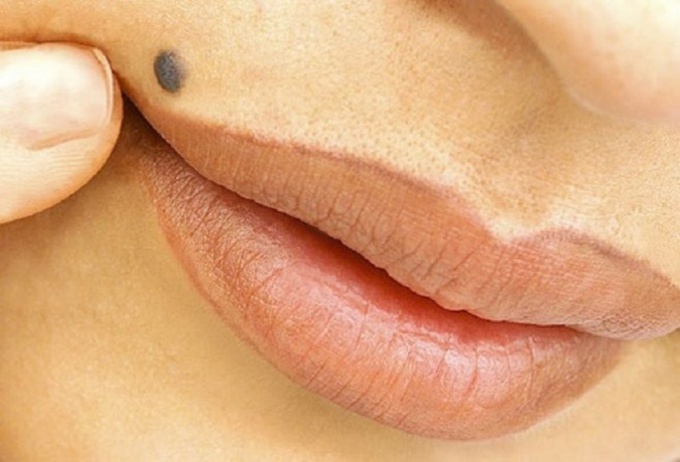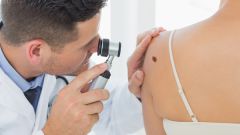Instruction
1
Dermatologists examine moles with a special device. It's called a Dermatoscope. It is a powerful lens with a backlight, which allows under high magnification to examine the education on the human skin. Some of Dermatoscope is a function of the camera allows you to capture the mole.
2
The first sign of malignancy is the asymmetry of the mole. If you visually divide your mole into two equal parts, it should be completely symmetrical. The two halves must be the same. The suspected formations right and left halves are not symmetrical. For example, on one half of the moles can be protrusions or depressions. The exception to the rule are congenital birthmarks, which can be asymmetric.
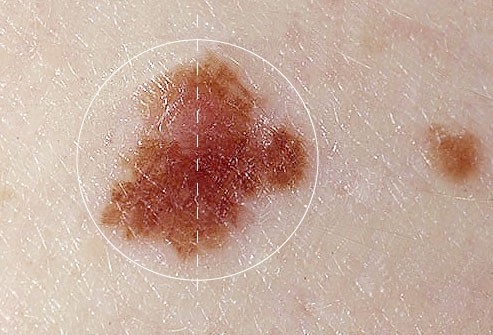
3
The second sign of malignancy irregular and indistinct edge. Normal mole should have a clear and smooth border. It must be distinguished from normal skin. If the edge of the education is impossible to pinpoint, if it is defocused gradually merges with the normal skin or a border that looks corroded, it should alert the specialist.
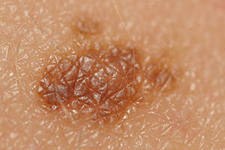
4
The third sign of malignancy - the uneven color of the moles. Normal mole should be uniformly colored. If there are blotches, stripes, dots, areas darker or lighter color, is a bad prognostic sign. Often the uneven coloration can be determined by eye. And patients come to the dermatologist, presenting these complaints.
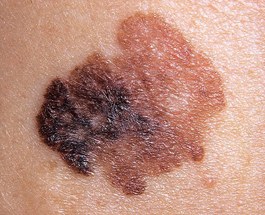
5
The fourth sign of malignancy is the large size of the moles. A large mole is more than 6 millimeters. Exceptions to the rule - a congenital birthmark which can be very large.
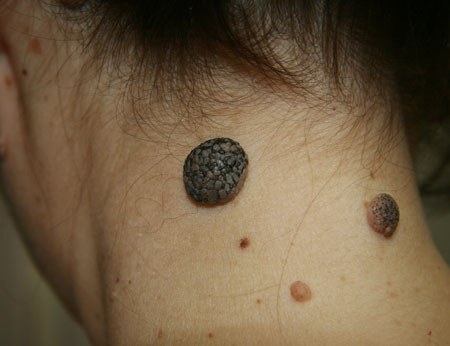
6
Dynamics is the change of size, color, the edges of the moles over time. For example, if 6 months ago the size of the formation was 5 mm, and now the mole had increased to 7 millimeters, it should alert you. To monitor the dynamics is recommended to take pictures of moles. Even better to apply to the formation of a ruler and a picture on the background millimetric scale. Changes in moles over time - one of the most important diagnostic signs.
7
Thus, cancerous mole looks like a asymmetrical formation of a large size with fuzzy edges and multicolored patches, changing in dynamics. Only a doctor can make a conclusion about the danger of a particular nevus to health. Suspicious moles can be removed surgically, by laser or liquid nitrogen. Not necessary to remove moles or to pull a thread.
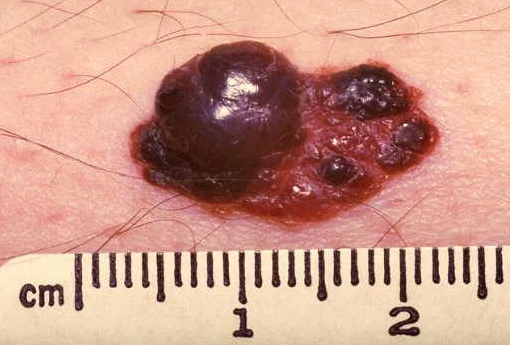
Note
If moles grow hair, it is considered benign.
Useful advice
To make it easier to remember the signs of malignancy, remember the acronym "Akord", where "A" - asymmetry, "K" - edge, "" color, "P" and "D" - dynamics.
